The question, "How long does a tire last?" tends to be followed by several others like, “What causes a tire to wear? When should tires be replaced? What can be done to make tires last longer?” Fortunately, we can help provide clarity around these questions.
There is no exact answer to how long a particular tire will last, but there are things a driver can do to get the most out of their tire investment and avoid driving on unsafe tires. On average, people drive between 12,000 to 15,000 miles a year, which means the average good quality all-season tire will last somewhere between three and five years, depending on maintenance, driving style and conditions, etc.
The National Highway Traffic Safety Association (NHTSA) states a driver is three times more likely to be involved in a crash caused by poor tire condition. Safer is smarter when it comes to the health of tires, so if there is ever a question on tread wear or age, have the tires checked.
Multiple factors play a role in how long a tire may remain in service. Miles driven, road conditions, driving style, maintenance and age all affect how long a tire lasts.
Worn vs. Aged
Tires naturally wear the more they are driven and worn out tires provide reduced traction compared to those with adequate tread, especially in adverse weather conditions. Most drivers understand worn out tires (remaining tread depth at or below 2/32”) should be removed from service.
Many drivers are not aware that minimally used tires, like the ones on recreational vehicles, collectible cars, or even spare tires, tend to experience aging instead of wearing, due to a lack of driving. An aged tire has a substantial amount of tread; however, the structural integrity of the tire is weaker because the tire needs to be driven for the chemicals in the rubber to remain effective.
Curbs, Potholes, and Other Hazards
Hitting curbs or driving on roads in poor condition (potholes, broken pavement, poorly graded railroad crossings, unpaved roads, etc.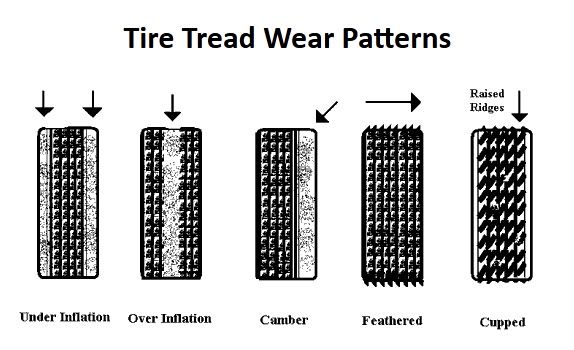 ) can cause misalignment, and suspension damage that affects tire wear. If your daily drive includes these challenges, be sure to schedule annual suspension, alignment and tire checks.
) can cause misalignment, and suspension damage that affects tire wear. If your daily drive includes these challenges, be sure to schedule annual suspension, alignment and tire checks.
Weather Conditions
Driving in poor weather conditions like ice, snow, and rain can cause tires to wear quicker because they must work harder to maintain traction. Purchasing tires that are specially engineered to perform in specific weather conditions can provide drivers with an extra measure of traction and control (meaning greater safety) while delivering good treadwear.
Bridgestone offers different types of tires designed to keep you and your car safe during any weather or road condition. For example, Bridgestone's Blizzak tire series is built to perform in harsh winter weather conditions providing durable traction on snowy and icy roads, and the Dueler tire series is one of several that offer a secure grip on wet road conditions for areas that experience heavy rain.
Poor Driving Habits
Poor driving habits like hard cornering, quick acceleration, and sudden braking can increase the stress on tires tremendously, causing them to wear rapidly. Drivers can extend the life of their tires significantly by avoiding aggressive driving.
Drivers can extend the life of their tires significantly by avoiding aggressive driving.
Neglected Maintenance
It is important to regularly have tires checked for damage, to maintain air pressure levels, and to keep tires aligned and rotated. Without proper maintenance, tire life can be reduced by as much as half - even more, in some cases.
If the below signs are evident with your tires, it may be time to have them replaced.
Low Tread Depth
Tread loss is a significant sign a tire needs to be replaced. Low tread is a sign driver can physically see happening on their tire. Depending on the part of the tire that is wearing, there may be other problems with the vehicle.
Pronounced inner or outer shoulder wear: tires are misaligned
Edge of the shoulder wear: tires are under-inflated, need to be rotated or both.
Center wear: tires may be overinflated or have been subjected to extremely hard acceleration.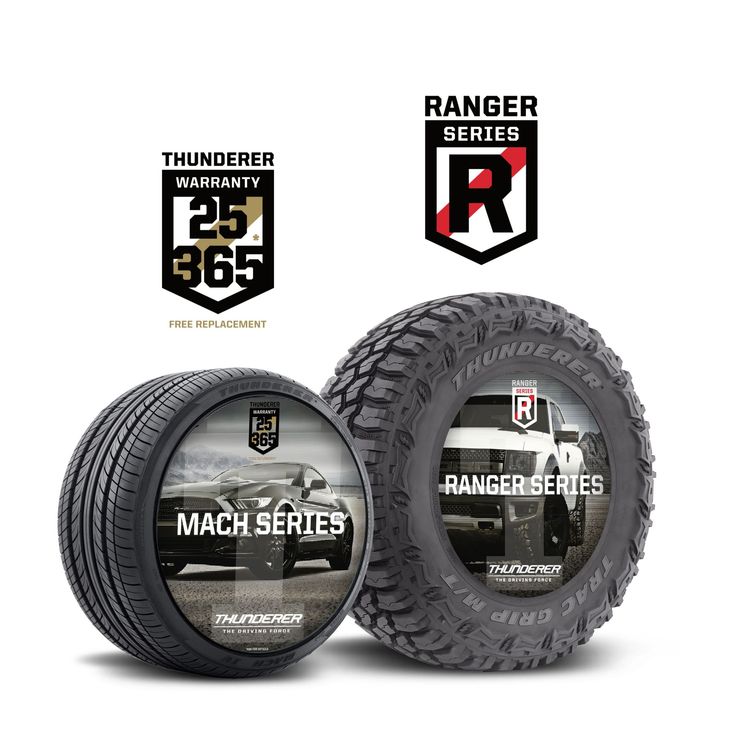
Cupped wear: the vehicle is experiencing suspension problems
All tires have tread wear indicators built-in, but if the tread looks low take time to do the penny test on the tires.
Rough Drive
If you’re experiencing a vibration (particularly if it just started), or high (and increasing) levels of tire noise it may be a sign your tires are out of balance, not wearing properly or have a structural issue. In some cases, this may affect safety, so have your tires checked by a qualified professional asap.
DOT Number
The U.S. Department of Transportation (DOT) number on the tire’s sidewall is another way to help keep track of when they need to be replaced. It’s easy to identify - look for the letters “DOT” followed by eleven or twelve letters and numbers. On tires made after the year 2000 the final four digits signify the week and year of manufacture. So, a tire with “3618” would have been made in the 36th week or 2018. A tire that has a 3-digit week-and-year code means the tire was made before the year 2000 and should be replaced due to age.
Bridgestone recommends that its Bridgestone or Firestone brand tires be removed from service after ten years regardless of their remaining tread depth. They also recommend periodic inspections by a qualified technician for damage such as punctures, impact damage, signs of improper inflation or overloading, or other conditions resulting from the use or misuse of the tire.
Tires are both one of the largest maintenance expenses a vehicle owner is likely to face, and one of the most critical in terms of driving safety and performance. For both reasons it’s important to care for them properly. Bottom line: good maintenance and driving habits help keep drivers safe, and it saves them money by extending tire life.
Easy Does It
Tire life can be reduced by as much as half when they’re subjected to a lot of hard braking and aggressive acceleration from a standstill. Avoiding tailgating to reduce the need for frequent hard braking will increase tire life. Easing into the throttle when pulling away from a stop reduces strain on the tires and improves wear. Slowing before sharp corners also reduces stress on tires, as does avoiding potholes and broken pavement when possible. If you’re interested in spending less on tires, following these steps can help.
Easing into the throttle when pulling away from a stop reduces strain on the tires and improves wear. Slowing before sharp corners also reduces stress on tires, as does avoiding potholes and broken pavement when possible. If you’re interested in spending less on tires, following these steps can help.
Regular Maintenance
Another way to extend tire life is to keep up with the proper maintenance of a vehicle and its tires. A couple of things you can do yourself are to check the air pressure and tread depth. You should have a qualified technician periodically check their balance and alignment and be sure to have tires rotated at regular intervals. maintenance is essential for your tires to perform their best and last their longest.
*This post may contain affiliate links. As an Amazon Associate we earn from qualifying purchases.
The people who drive minivans select this vehicle because of a lot of reasons, including the spacious second and row seating that offer ample space for accommodating a full family, the cargo room where you can accomplish all your work while simultaneously moving all around the town, and complete safety. Whichever reason makes you choose this vehicle type, you need to be conscious about the tires for your minivan.
Whichever reason makes you choose this vehicle type, you need to be conscious about the tires for your minivan.
Tires must be suitable for the driving conditions and the driver asks of course also for your minivan but even if you find the perfect tires many people report that they tend to wear out really quickly.
Is that true? Are minivans extremely hard on tires?
Minivans are not any harder on tires than other vehicles are but people often misuse minivans without realizing it. Minivans are only designed to carry up to 1,500-1,800lbs inside of them but many people end up putting much more weight in them than that.
For example, my family and I have taken road trips many times with 5 adults, 2 children and the luggage stacked to the ceiling in the back. That is borderline if not over the recommended payload amount which means the tires will wear out faster because of the excess weight on them. This will also cause the suspension to wear out faster which in turn will cause the tires to wear out faster as well.
Often people have used their minivans for a variety of things in the past that have caused them to be overloaded which in turn means that they will naturally be harder on tires the older the minivan is. If your minivan is more than a few years old then it’s likely that the suspension, front end parts, etc. are all a contributing factor to why your minivan’s tires wear out faster than they should.
The only way to fix that is to spend a ton of money replacing parts that are likely still fine for everyday use but they are causing the tires to wear out prematurely. For most people, the easiest thing to do is simply replace the tires every few years rather than spend thousands of dollars trying to replace parts on the minivan instead.
There are a lot of points to be considered while choosing the right tire for your minivan. If you are fed up with being uncertain about choosing the topmost tire for your minivan, then this post is going to be helpful for you. You can find several online websites that will offer you the best set of tires that are sure to match the requirements of your minivan.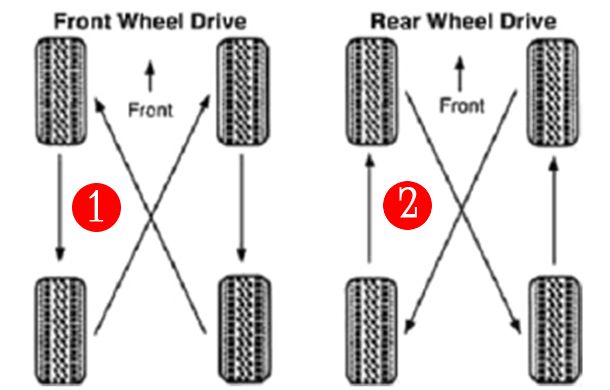
If you just bought a new minivan or you’ve had one for a while you might be wondering how long you should expect the tires to last on it before needing replaced.
Your minivan tires should last you between 40-70,000 miles. However, this is greatly affected by the type of tires you have on your vehicle, how you drive it, and how much weight you typically put into it.
There are some tires that are designed to last for 60-80k miles so if you put those on your minivan you would get a lot more use out of them then if you put 30k mile tires on it. Obviously the 60,000 mile tires should last twice as long as the 30,000 mile tires but typically they won’t be twice as expensive.
If you are planning on keeping your vehicle for a while or it has lower mileage then going for a higher mileage tire is typically worth the investment.
As mentioned above, how long your minivan tires will last also depends on your driving habits and how much weight you typically haul around.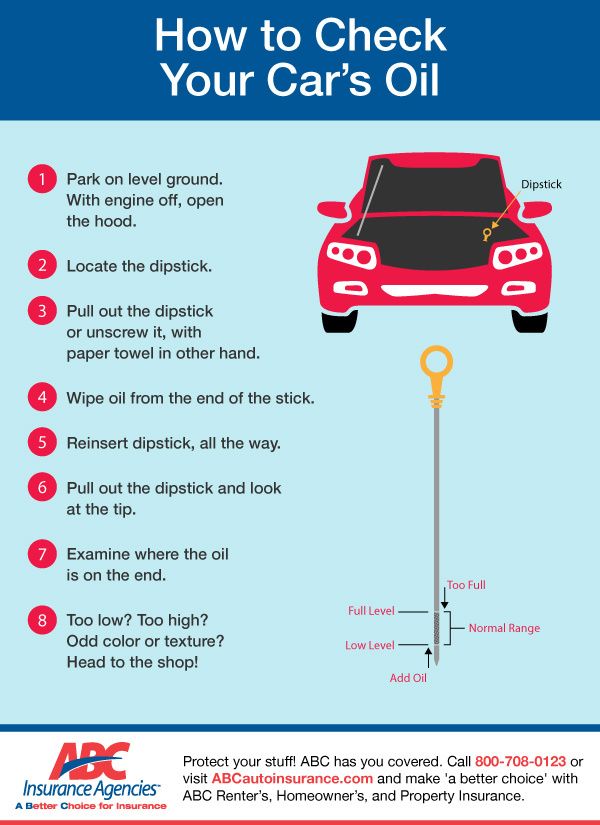 If you accelerate and brake hard while going around corners pretty fast then your tires will naturally wear out faster than if you drive more conservatively.
If you accelerate and brake hard while going around corners pretty fast then your tires will naturally wear out faster than if you drive more conservatively.
If you are also always hauling heavy equipment or a lot of people in your minivan that will also cause the tires to wear out faster as well.
If you are getting ready to replace the tires on your minivan you might be wondering if you should get an alignment done as well. Afterall, the last thing that you want is your brand new tires to wear out prematurely because they aren’t aligned.
An alignment isn’t necessary when replacing the tires of the old tires were still wearing evenly. However, if the old tires had portions that were bald and other portions that had plenty of tread left then you will want to get an alignment done.
It doesn’t hurt anything to get an alignment done every time that you replace your tires but it will of course cost you some extra money. Some tire service businesses actually offer free alignment when you buy new tires there so be sure and check around to see if you can find a deal like that in your area.
Some tire service businesses actually offer free alignment when you buy new tires there so be sure and check around to see if you can find a deal like that in your area.
If it has been a long time since you got an alignment or if you are buying pretty expensive tires with a long life then spending the extra money for an alignment is probably worthwhile for you.
Buying tires for your minivan can be an expensive thing, believe me I know. I just recently replaced all four of my tires and the cost for the “inexpensive” ones was near $500! Good thing those were the cheap ones!
When people see how expensive it is to replace four tires at a time they are often tempted to just replace one or two of them instead, but is that an okay practice?
Will replacing two tires at a time hurt anything?
Most car and tire manufacturers recommend replacing all four tires at once so that way they all have even tread on them. However, you certainly can just replace two tires at a time instead of four and it likely won’t cause any issues for how the vehicle drives or how smooth the ride is as well.
However, you certainly can just replace two tires at a time instead of four and it likely won’t cause any issues for how the vehicle drives or how smooth the ride is as well.
If you do replace only two of your minivan’s tires then you will want to put the new tires on the back and the used ones on the front. This will allow your car to not slide around in the rear during rainy, icy, or snowy conditions.
Replacing one tire at a time on your minivan is not recommended as that could seriously affect how it handles in poor weather conditions. The minimum that most experts recommend is replacing two tires at a time.
These are just some of the basics that you should know when you own a minivan. Also, the driver of a minivan should be well acquainted with all the information related to minivan tires since tires are a very important component of a minivan which just cannot be neglected.
There are a lot of dealerships who will sell you different minivan tires but you just need to choose the best one for yourself which can offer you the reliability you need.
You must be very conscious about the tires of your minivan because the function of your minivan largely depends on the tires and if the tires are not right for any reason then things can go wrong. So, to ensure a safe and comfortable road trip, be careful about the tires on your minivan and make sure you know how long they should last so you don’t end up on the side of the road with a blowout.
Consumer disputes over the age of tires have not subsided for several seasons. Buyers are excited that the warranty period for tires is limited to 5-6 years according to GOST, and after the expiration of this period, the rubber becomes unusable.
Is this really the case, read this article.
Manufacturers of most brands on their products set Shelf life is 5 years and service life is also 5 years .
The shelf life of a tire is the period during which it retains its performance when properly stored.
The end of this period does not mean that the tires have become unusable . A shelf life of 5 years is given by manufacturers because, by law, they cannot set a shelf life higher than the service life. Tires over 5 years of storage cannot be called damaged or defective, their technical characteristics may be slightly reduced. American researchers argue that the period of storage of "shoes" must be at least 10 years. Experts from Germany are sure that it cannot exceed 6 years.
The tire life is called the warranty period during which the manufacturer is responsible for the quality and condition of the tire if it was used for its intended purpose without violating the operating rules.
According to Russian legislation (GOST 5513, GOST 4754-97) , the service life of tires is 5 years from the date of manufacture.
How can I find out the date of manufacture of tires?
You can find out the age of tires by a special DOT code. Tires manufactured after 2000 in the DOT code contain two pairs of numbers, where the first pair indicates the week number of the year, and the second pair indicates the year. Earlier tires before 2000 have 3 numbers in their composition, where the first two digits are the week number, and the last one is the year (see the transcript in the photo).
Tires manufactured after 2000 in the DOT code contain two pairs of numbers, where the first pair indicates the week number of the year, and the second pair indicates the year. Earlier tires before 2000 have 3 numbers in their composition, where the first two digits are the week number, and the last one is the year (see the transcript in the photo).
Determination of the average shelf life of a tire according to GOST and operating conditions.
- The symbol ZR denotes tires for high-speed cars. They are recommended to be used at speeds over 240 km/h. up to 6 years
- Tires with the H symbol are used at a maximum speed of 210 km/h. within 5 years.
- The sign S symbolizes the maximum permissible speed of 180 km/h. and operational period of 4-5 years.
Most tire manufacturers do not agree that tire life is limited to 5 years. Each company has its own opinion on this matter. We analyzed several of them and the information they posted on their official websites.
We analyzed several of them and the information they posted on their official websites.
Michelin
The French tire manufacturer Michelin has become famous for its active fight against the perception of the rapid aging of tires as a perishable product. Her information campaign "Tires Are Not Bananas" created a lot of noise in the automotive environment. According to the representative office, several test trials were carried out in Saudi Arabia, South Korea and Germany. As a result of testing, no difference was found between new tires and tires stored for 3 years. They were tested for various characteristics such as rolling resistance, high speed durability, etc. Tires with a year life were approximately equal in performance to 10-year unused tyres.
Michelin focuses the attention of car owners on the fact that tires are not a perishable product, their shelf life is not as important as the service life is important, starting from the date the tires are installed on the rims. It is from this moment that the tire is subjected to all tests: pressure, temperature changes, wear, contact with uneven and sharp coatings, etc.
It is from this moment that the tire is subjected to all tests: pressure, temperature changes, wear, contact with uneven and sharp coatings, etc.
Continental
On the Russian official website of Continental, we found the following information on the expiration dates of tires.
“When a tire is stored in the correct position and under the recommended conditions, it will not lose its original balanced performance for 5 years from the date of manufacture of the tire.
A properly maintained, unused tire less than 5 years old can be sold as a new tire and used normally.
Continental recommends replacing all tires (including spares) with a sidewall date greater than 10 years.
Nokian
The following information is posted on the Nokian official website:
“Tire life is not defined by law, but tires can only be considered “new” if they have been manufactured within the last five years. The recommended service life of tires is six years and the recommended maximum period is 10 years.
The opinion of our specialists, based on many years of experience, coincides with the opinion of manufacturers: the shelf life is 5 years + the service life is up to 10 years. Moreover, more "adult" tires, in our opinion, are of better quality.
To keep tires as long as possible, they are stored in compliance with all rules and recommendations. The main condition is a cool, ventilated, darkened room away from oils, paints, ozone, and heat sources.
Rubber products tend to lose their performance over the years. To prevent and slow down this process, manufacturers add polymers to the rubber compound. They prevent oxidative processes that occur due to the interaction of protectors with oxygen and ozone.
The following are the main conditions for the proper storage of tires in accordance with GOST 24779-81:
Maintaining a constant regime without sudden jumps, slight temperature fluctuations from -30°С to +35°С are allowed;
Provide a low humidity level of 50-80% in a dry, ventilated cool room;
Avoid direct sunlight, use darkened hangars, shield heat sources;
Keep away from sources of heat;
Tires should not come into contact with corrosive, copper materials.
Avoid kinking, loading or positioning on an uneven surface.
Avoid contact with oils, organic solvents, acids, alkalis, fuels and lubricants on the tire surface. It is forbidden to lay tires on a wet and dirty surface.
In the warm season, when storing tires outside, they should be covered with light-tight material and raised above ground level to ensure ventilation and prevent the occurrence of the greenhouse effect.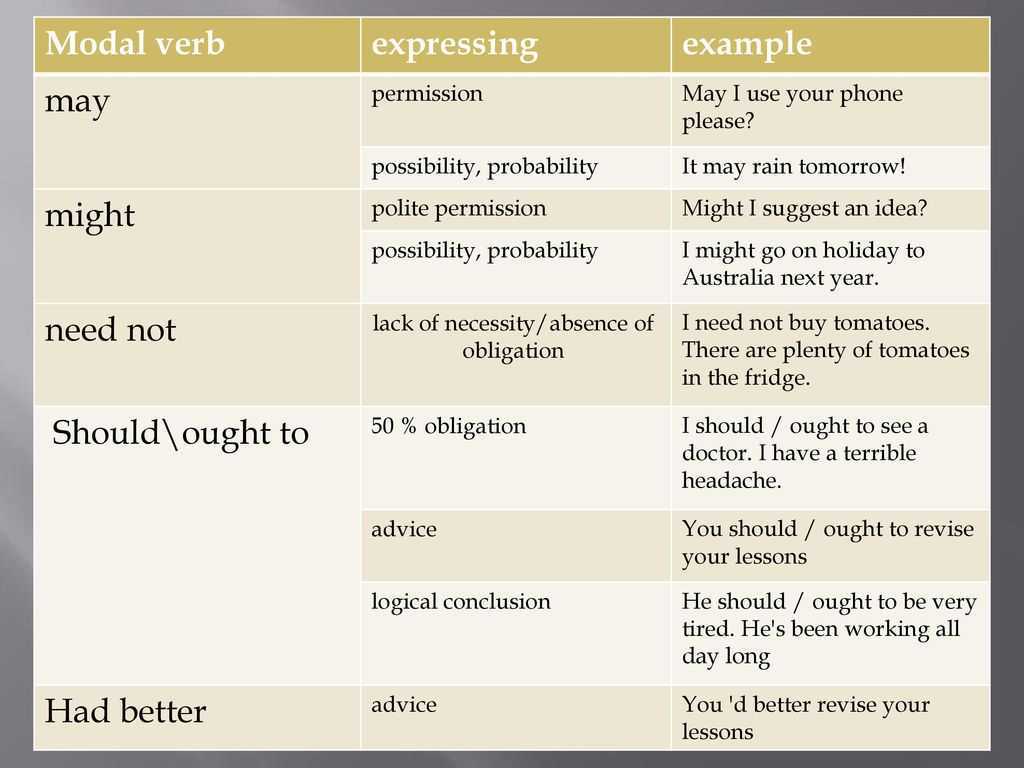
Storage on reflective, light and heat absorbing surfaces is prohibited.
Keep away from chemicals, oils, paints, open flames, electric motors that produce ozone.
Used tires must be washed and dried.
Tires without rims should be stored upright.
The service life depends on many factors: the load on the car, the quality of the roads, the driving style, the mileage traveled, tire damage, etc. To increase their service life, follow these rules:
Check tire pressure every 2-3 weeks. With reduced pressure, tire wear increases by the equivalent of a % reduction. For example, a 15% reduction in pressure can result in a 15% reduction in service life. Inflated tires are less scary.
The wear of the front tires is always significantly higher than the rear ones, so it is recommended to swap them after some time, carefully watching the direction of the tread pattern and the direction of rotation.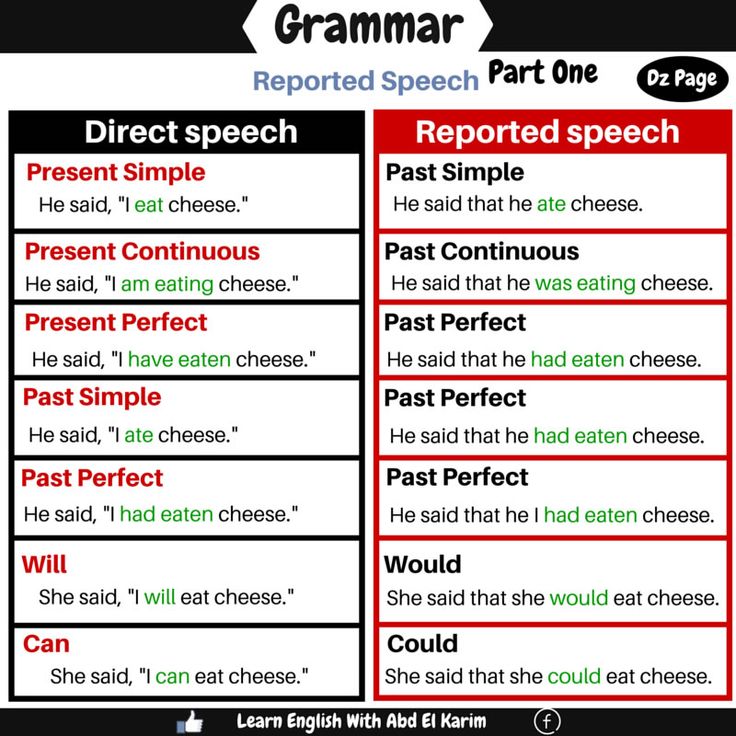
Proper alignment of tires in relation to rims. If the direction is not the same, then performance is significantly reduced.
To prevent damage to the sidewalls of tires, avoid close proximity to curbs and high ledges.
Wash off dirt from the surface of the rubber and from deep grooves with special cleaning agents.
Adhere to an even driving style without harsh brakes and quick starts.
Do not overload the car beyond the norm. 20% excess weight leads to a 30% loss of tire life.
Keep the wheels balanced and check the alignment angles annually.
The main condition for a long tire life is:
- high quality products,
- careful operation,
- proper storage of tires in the off-season,
- timely diagnosis.
The age of tires in standard storage is a minor non-determining factor that should not be taken into account when buying them.
Previous article Next article
Information about the term of the fit of tires to skin water. Cicavo, which is unequivocally clear on the food chain. For example, such car brands, such as Michelin, Continental, Goodyear, guarantee the reliability of their tires for at least 10 years, the term for the sale of tires, which is regulated, warehouses 5 years and rims The manufacturer for this term is able to launch a new line of tires.
Lawyers with names of claimants declare that they should look at the claim for admissibility, to name such tire terms for over 10 years.
For example, GoodYear, the founders of the tire and automotive industry, claim that their product is far from being misunderstood by the term performance and appurtenance, but the problems of the old gum sum in today's tires are daily.
The date of manufacture of the tire for the period of its applicability is encrypted on the sidewall of the tire, on one side. This is a random number: the first two digits mean the ordinal number of the day, and the other two - the number of the selection. Primirom, number 4818 or 2219means that the tires were released on the 48th of December in 2018 and on the 22nd of December in 2019. There are situations, if there is a badge on the sidewall, it is most often used in the Michelin “2012” car maker - the tire certification mark.
This is a random number: the first two digits mean the ordinal number of the day, and the other two - the number of the selection. Primirom, number 4818 or 2219means that the tires were released on the 48th of December in 2018 and on the 22nd of December in 2019. There are situations, if there is a badge on the sidewall, it is most often used in the Michelin “2012” car maker - the tire certification mark.
Many residents think that only one party needs to buy auto-gut. Vіdkriєmo taєmnitsyu — tire makers have no such understanding! It is necessary to understand the process of making tires - the line can make a specific tire, like one day, so more in one month. All rubber components for the tire are adjusted automatically and prepared under strict control. You are responsible for the nobility, scho navit with a difference term in 1 r_k in the date of selection, there will be no difference during operation, not only for superb water, but also for high-current vimiruval installation, like vikoristovuetsya when testing tires.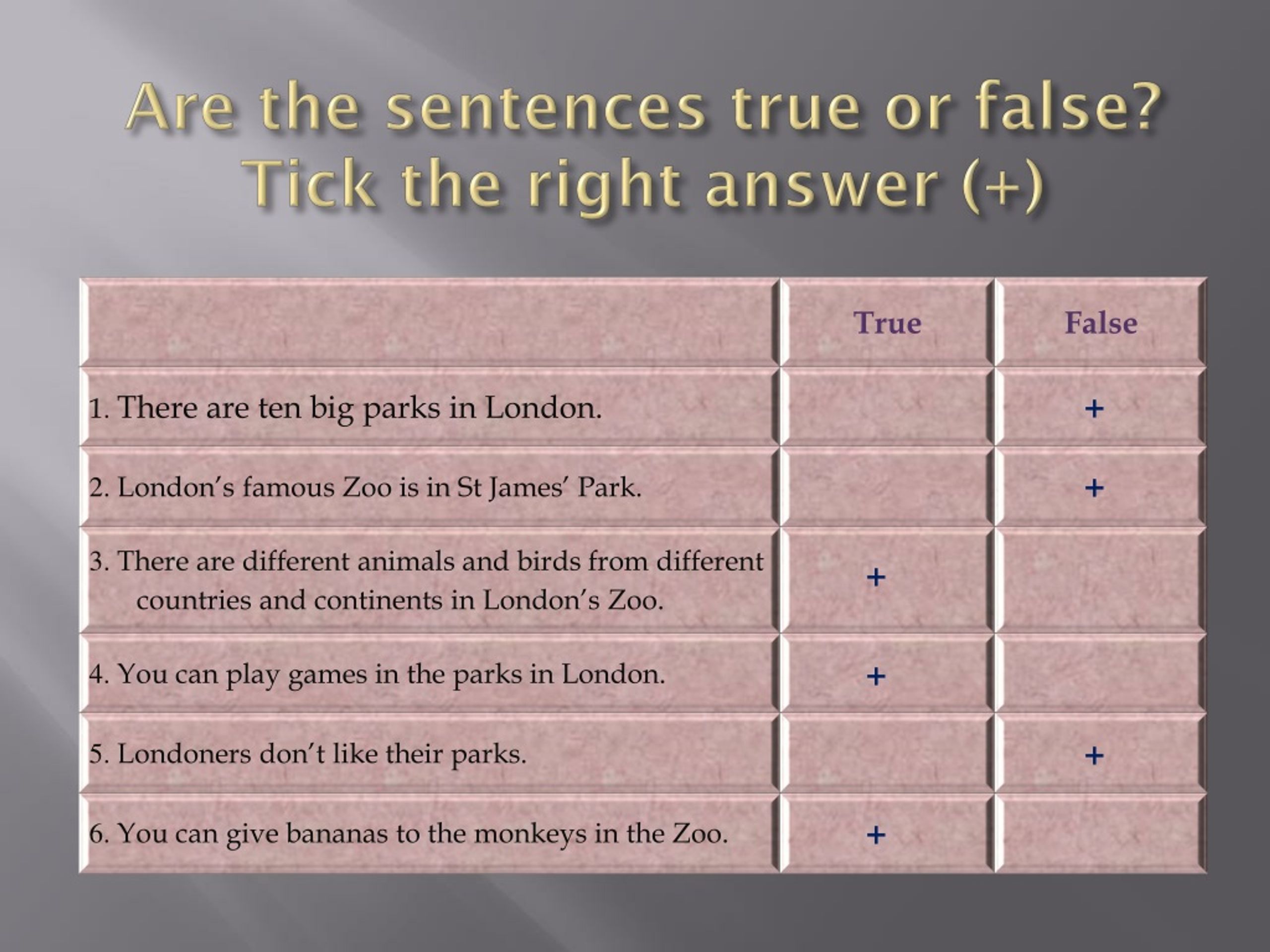
We, as official importers of light brands Continental, GoodYear, Michelin, would like to mention that the plant produces car tires with different production dates, sometimes with the same and up to 30 years of income. For the harvester, the whole is normal for full operation! Three descriptions of more reasons.
It is not recommended to buy older (over 5 years) tires. However, if the tires do not have any visible defects due to accessories, and the store offers an exact reduction on them, then such a purchase can be viable.
Definitely, it’s impossible to drive on a “fox” tire and an old gum fenced and bring it to such a state. The tread depth must not be less than 1.6 mm, according to the law and not less than 3 mm according to the recommendations of the manufacturers. Naslіdki are negatively connoted not only in terms of safe victoria, nevikonnanny of such minds to produce and to reduce the indications of hydroplaning and galvanization on a wet surface, and the movement of immovability to damage a tire on a road surface.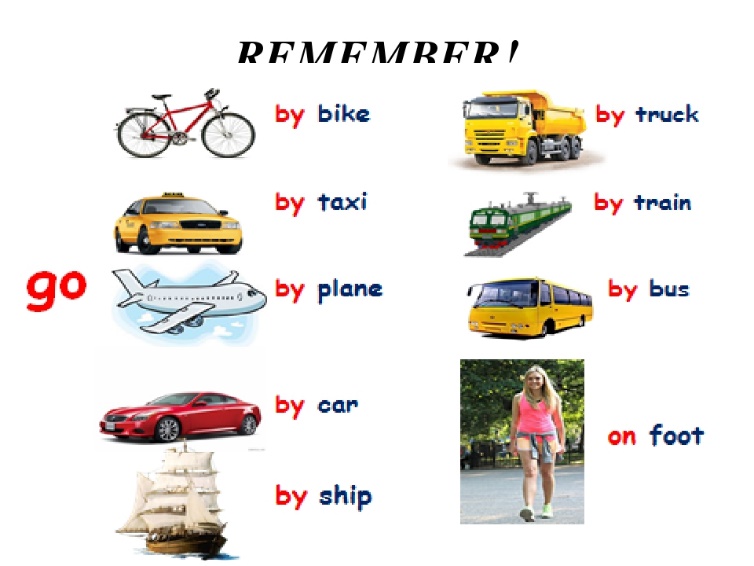 It is especially unsafe to operate a car for such minds at great speed, or at borderline interests.
It is especially unsafe to operate a car for such minds at great speed, or at borderline interests.
Old winter gum on a tire in the cold weather loses its elasticity, and a small tread depth significantly improves performance on the road.
The main process of the old automobile gumi is taken into account at the time of its operation. Ultraviolet, thermal and deformation distortion, and chemical speech are the main sources of old and reduced terms of applicability.
About the need to replace the car and report the following indications:
Okremo would like to see the operation of winter tires in the summer term, under the name "finish", "finish". This work is not recommended in Ukraine, but the winter tires are insured for a lower temperature range. It is especially worth remembering when galvanizing on well-gritted asphalt (galvanic paths of winter gum can be treated in different ways with summer auto-gums).
It is especially worth remembering when galvanizing on well-gritted asphalt (galvanic paths of winter gum can be treated in different ways with summer auto-gums).
Lay your tires in a dark place, without access to sleepy areas and do not use the auto-gut on a car - it's hot, but it's true.
Our pride: a tire is a durable material, operate it as you wish, but let’s go ahead and see it, it’s better to serve the tire and extend the period of its attachment.
Follow the camp and change the gum, as if one of the signs of the descriptions in the paragraph “When should I replace the tires during operation?” appeared? And remember that: auto-guma, regardless of the type and design of the tire - the only thing that links a car to the road.
Cicavo, there is no unambiguous evidence. For example, automobile brands Michelin, Continental, Goodyear, etc.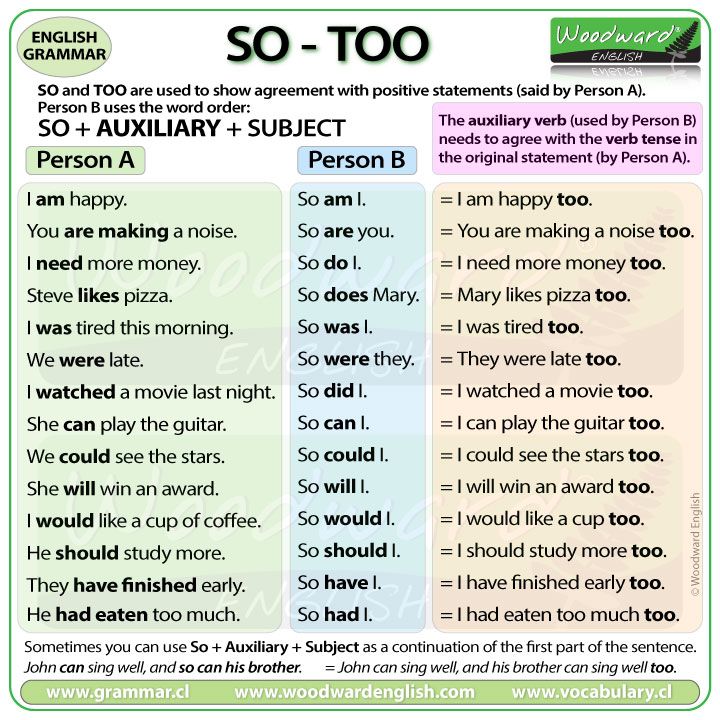 guarantee the durability of their tires no less than 10 years, even though tires that are regulated are sold for 5 years, not intermingled with the term of attachment, but with technology, as it develops so quickly. Limited, so it's time for the builder to release a new line of tires.
guarantee the durability of their tires no less than 10 years, even though tires that are regulated are sold for 5 years, not intermingled with the term of attachment, but with technology, as it develops so quickly. Limited, so it's time for the builder to release a new line of tires.
Winter gum (studded and non-studded tyres) can be kept without studding for up to 7 years at pretreatment temperatures, moisture and darkening.
For active water hours may vary. More tires, like before, it is recommended to change leather 5-6 years.
The term of service of a summer tire, insurance on the basis of mileage and normal operation, can become an average of 50,000 km, but the figure is rich in what to lay down due to various factors: style of water, pressure in tires, storage of rubber.